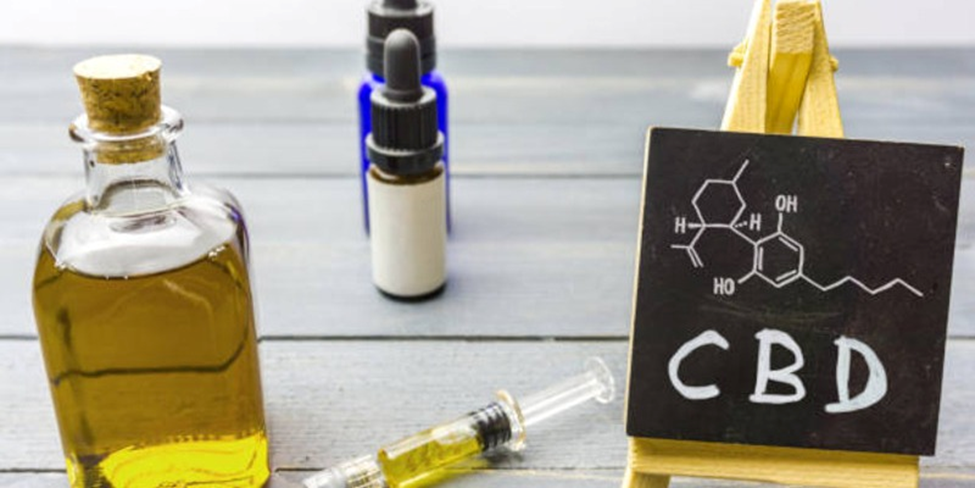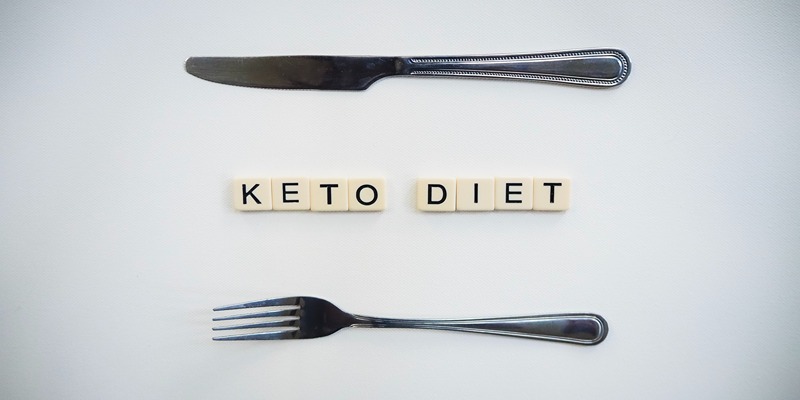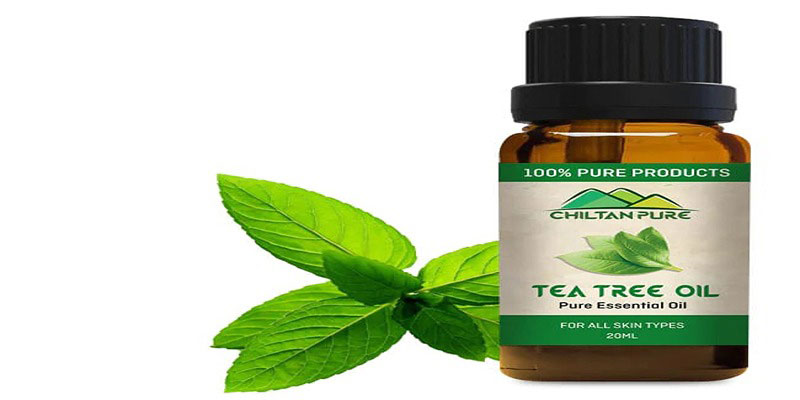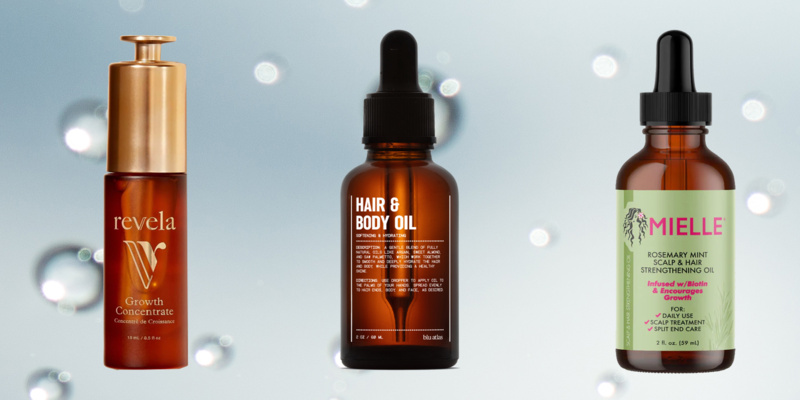Free Radicals Explained: Causes, Risks, and Protective Strategies
Mar 06, 2024 By Madison Evans
Free radicals are highly reactive molecules with unpaired electrons, constantly seeking to bond with other atoms or molecules to achieve stability. This quest for stabilization, while natural and often necessary for metabolic processes, can lead to cellular damage if unchecked, contributing to aging, inflammation, and various diseases, including cancer and heart disease. The body's exposure to free radicals originates from both internal metabolic processes and external sources such as pollution, UV exposure, and unhealthy diets. Understanding the dual nature of free radicals as both necessary agents in body functions and potential harbingers of disease emphasizes the importance of balancing their levels. This balance is achievable through protective strategies, including antioxidant-rich nutrition and lifestyle adjustments, offering a shield against the potential damage free radicals can inflict on our bodies.
What are Free Radicals?
Free radicals are molecules with unpaired electrons, making them highly reactive. These unstable molecules are constantly seeking to bond with other atoms or molecules to achieve stability, resulting in a chain reaction of molecular damage if not controlled. Free radicals can be produced during normal metabolic processes, such as digestion and energy production, or through external sources like pollution, UV radiation, and cigarette smoke.
The Dual Nature of Free Radicals

While free radicals often have a negative connotation due to their potential for damage, they also serve essential functions in the body. For example, white blood cells use free radicals to destroy harmful bacteria and viruses. Additionally, some metabolic processes rely on free radicals to signal cellular repair and growth. In these cases, free radicals are beneficial and necessary for maintaining proper bodily functions.
Causes of Free Radical Formation
There are various causes of free radical formation, including:
Environmental factors
Exposure to pollutants, chemicals, smog, and radiation can all contribute to the creation of free radicals in the body. This includes exposure to UV rays from the sun, which can generate harmful oxidative stress.
Unhealthy diets
Diets high in processed foods, artificial additives, and unhealthy fats can lead to increased levels of free radicals in the body. Additionally, consuming excessive amounts of sugar can also contribute to the formation of free radicals.
Stress
Chronic stress can lead to an imbalance in the body's hormones, causing an increase in free radical production. This is because stress causes a surge in cortisol levels, which triggers the release of free radicals.
Lifestyle factors
Smoking, excessive alcohol consumption, and sedentary behavior can all contribute to the formation of free radicals in the body.
Health Risks Associated with Free Radicals
When free radicals are not adequately balanced, they can cause harm to our bodies. Some potential health risks associated with high levels of free radicals include:
- Aging: The accumulation of damage caused by free radicals over time can contribute to aging.
- Inflammation: Free radicals can trigger inflammatory responses in the body, which, if chronic, can lead to a variety of health conditions.
- Diseases: Free radicals have been linked to the development of various diseases, including cancer, heart disease, and neurodegenerative disorders.
Protective Strategies Against Free Radicals
Fortunately, there are ways to protect our bodies from excessive free radical damage. These include:

Antioxidants
Antioxidants are compounds that can either prevent or slow down the damage to cells caused by free radicals. These protective agents donate electrons to free radicals, neutralizing them and preventing them from causing harm. Naturally occurring in various fruits, vegetables, and other foods, antioxidants play a critical role in defending the body against oxidative stress. Essential antioxidants include Vitamin C, Vitamin E, selenium, and beta-carotene, each offering unique benefits and found in different dietary sources.
For example, Vitamin C is abundant in citrus fruits and leafy greens, while Vitamin E can be sourced from nuts, seeds, and spinach. Incorporating a wide range of antioxidant-rich foods into ones diet is among the most effective strategies to combat the adverse effects of free radicals and maintain overall health.
Dietary changes and supplements
Along with increasing the intake of antioxidant-rich foods, making other dietary changes can also help reduce free radical damage. This includes limiting unhealthy fats and processed foods while consuming more whole, natural foods. Additionally, supplements containing antioxidants can also be beneficial in maintaining proper balance.
Lifestyle adjustments
Certain lifestyle choices can also help protect against free radicals. For example, quitting smoking and reducing alcohol consumption can significantly decrease free radical formation in the body. Regular exercise can also help increase antioxidant levels and reduce oxidative stress.
Antioxidants and Their Role
Antioxidants are molecules that can neutralize free radicals by donating an electron without becoming unstable themselves. Some essential antioxidants include:
- Vitamin C: Found in citrus fruits, berries, and leafy greens, vitamin C is a powerful antioxidant that can help protect against free radical damage.
- Vitamin E: This fat-soluble vitamin is found in nuts, seeds, and vegetable oils and can help protect cell membranes from free radical damage.
- Beta-carotene: This antioxidant is found in fruits and vegetables with orange or yellow hues and can help boost the body's immune response.
Emerging Research and Future Directions
As the understanding of free radicals and their role in the body continues to evolve, research on potential protective strategies is ongoing. Some emerging areas of interest include:
- The gut microbiome: Recent studies have shown that gut health may play a significant role in balancing free radical levels in the body.
- Herbal remedies: Certain herbs, such as turmeric and ginger, have shown promising antioxidant properties in reducing free radical damage.
- Gene therapy: Researchers are exploring the potential of gene therapy to target and neutralize free radicals at the cellular level.
Conclusion
Free radicals are essential for proper bodily functions, but an imbalance can lead to harmful effects. Practicing healthy lifestyle habits and incorporating antioxidant-rich foods into our diet can help protect against free radical damage. As research continues to uncover more about the role of free radicals in our health, it is essential to stay informed and make proactive choices towards maintaining a healthy balance. So, it is crucial to prioritize our overall well-being and take necessary precautions to minimize the impact of free radicals on our bodies. By understanding the causes, health risks, and strategies for protection against free radicals, we can make informed decisions towards a healthier life.

Mastering Keto: Essential Foods to Activate Ketosis

Understanding Carrot's Nutrition Facts and Health Advantages

Ease Your Back: Gentle Yoga Poses for Stretching Hamstrings

Tea Tree Oil

8 Things to Stop Doing When Dealing with Acne: A Guide

Unveiling the Path to Radiant Skin - A Comprehensive Guide

7 The Best Essential Oils for Hair Growth and More


